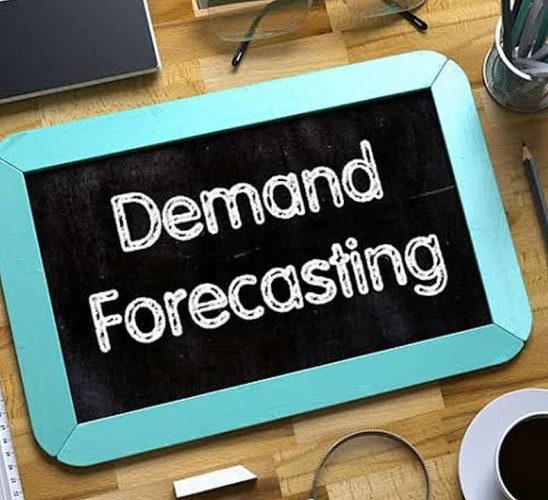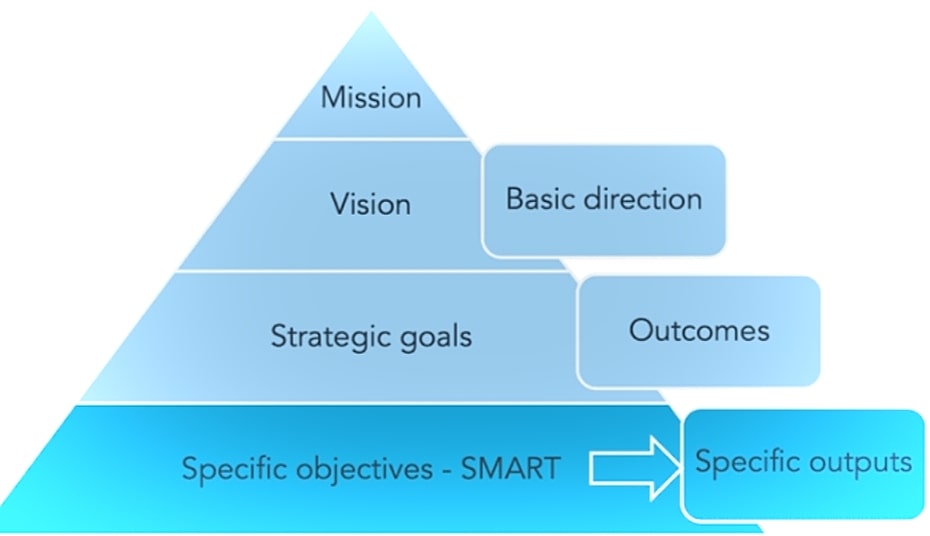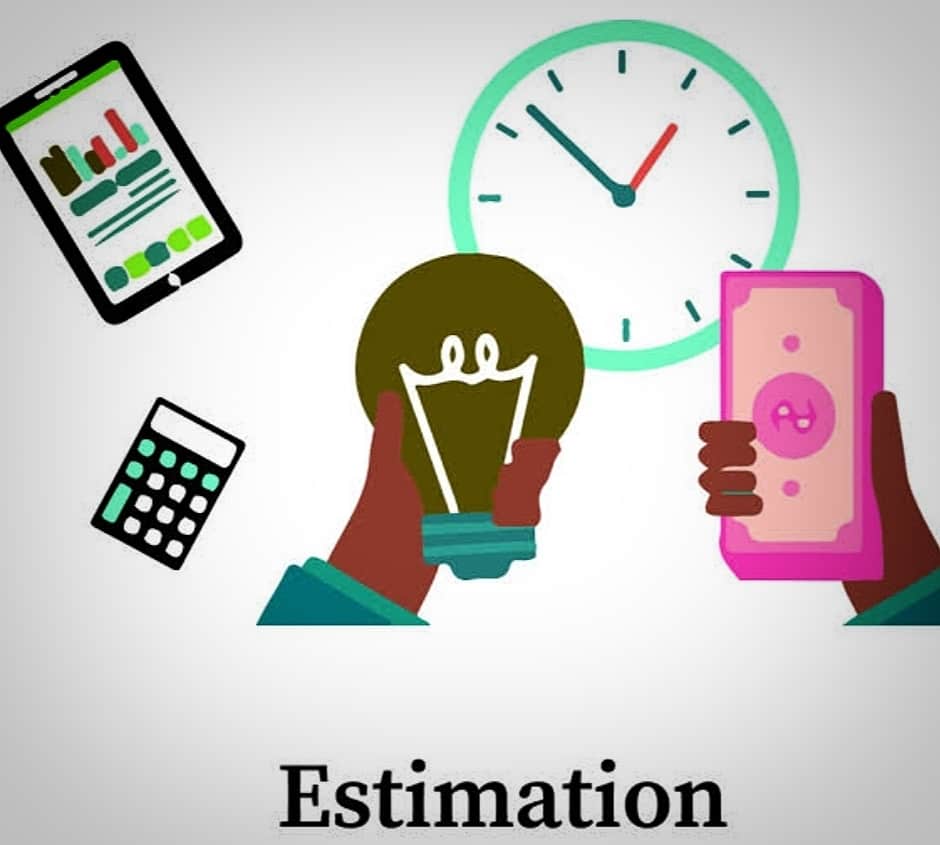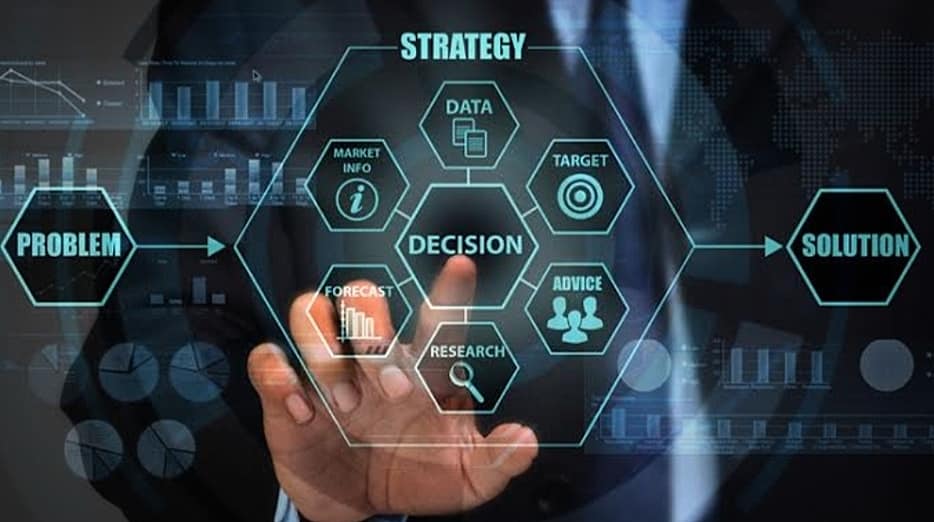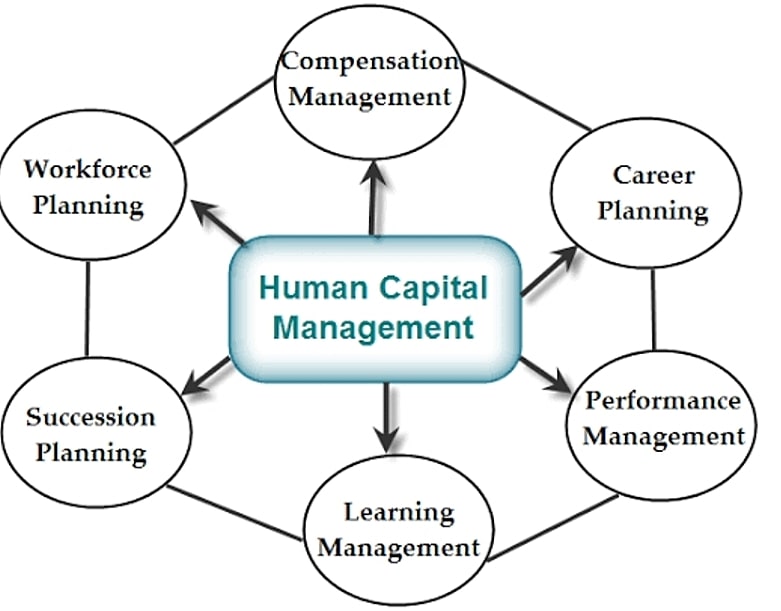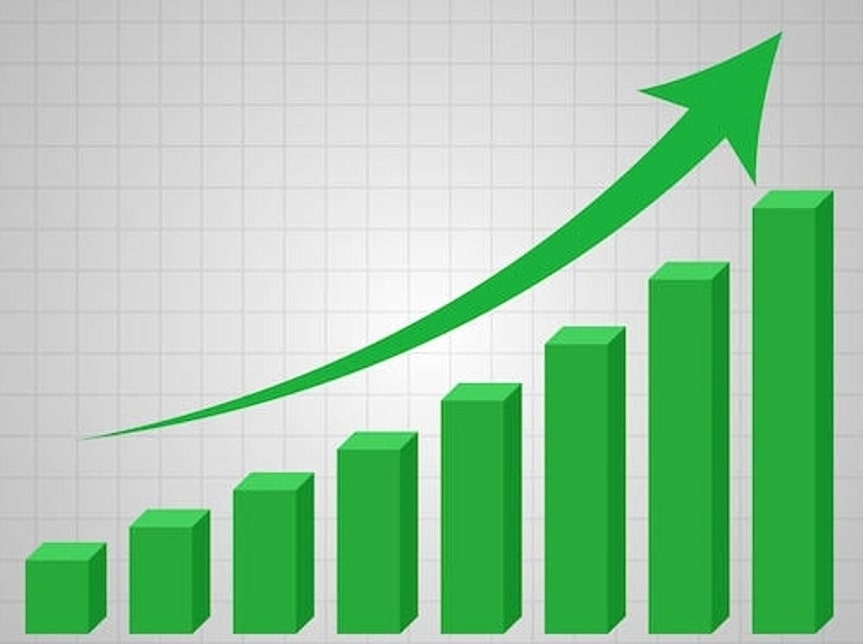What is demand forecasting?
Demand forecasting is the process in which the quality of goods and services are predicted, as that will be the demand from consumers at a future point in time. This is an essential tool for optimizing business profitability with efficient supply chain management. Demand forecasting can be used in inventory management, resource allocation, making decisions, or assessing future capacity requirements. This method is broadly divided into two major categories, quantitative and qualitative methods.
- Quantitative methods: This method uses available analytical tools and data s in order to produce predictions.
- Qualitative methods: This method is usually based on the information and expert opinion gathered from the field. It is used in situations like when there is minimal data available for analysis.
Steps in Demand Forecasting
The goal of demand forecasting is achieved only when a forecast is made scientifically and systematically and also when it is reliable. There are a few steps involved in demand forecasting which are listed below,
1. Specifying the Objective
Specifying the objective is the very first step involved in demand forecasting. The objective for which the demand forecasting is carried out must be clearly specified. This can be defined in terms of short-term and long-term demand. Remember that the objective of the demand must be determined before the process of demand forecasting starts as this will help to direct the whole process of the research.
2. Determining the Time Perspective
It is important to define the time perspective. As stated above the demand forecast can either be for a short period or a long period. While forecasting demand for the short term the determinants of demand usually remain constant or do not change significantly. While in the long term, the determinants of demand can change significantly. For this reason, time duration should be defined.
3. Making a Choice of Method for Demand Forecasting
After the objective is set and the time perspective has been specified the method for performing the forecast is selected. There are two methods of demand forecasting statistical methods and survey methods.
- Statistical methods: This method has econometric, trend projection, and barometric methods.
- Survey methods: This method has opinion polls and consumer survey methods.
Each of these methods is different from one another in terms of the type of data required, the purpose of forecasting, the availability of data, and the time frame. The forecaster must select the method that suits his requirement.
4. Collection of Data and Data Adjustment
The required data is being collected either primary or secondary or both. The primary data is the data that are first handed data, which are never been collected before. The secondary data are already available. Usually, the data required is not available, and the regarded data are to be adjusted, even manipulated.
5. Estimation and Interpretation of Results
Once the demand forecasting method is finalized and the required data are collected the final step is to estimate the demand for the predefined years of the period. The estimates appear in the form of equations. The result is interpreted and presented in an easy and usable form. So that it can be understood.
Importance of demand forecasting for businesses
Demand forecasting plays an important role in business activities. If businesses are able to forecast demand effectively many benefits can be achieved. Following are some of the reasons why businesses require demand forecasting,
1. Business decisions
The business decisions are usually linked with the concepts of raw material acquisition, capacity, understanding vendor contract direction, and market targeting. By having a complete understanding of management, and future industry demand, key board members can make strategic business decisions that encourage growth and higher profitability.
2. Meeting goals
The organizations should have pre-determined growth and long-term plans to ensure the business is operating as per plan and at an accurate output. By knowing the future demand markets, businesses can be proactive. And it will also ensure that goals will be met in this business environment.
3. Human capital management
The organization should have enough employees to complete the sales orders. So that if in case there is a rapid demand increase in an industry they can work according. If the consumer does not get the product or service indirectly consumer loyalty may be adversely affected. And the customers are forced to purchase from competitors.
4. Financial planning
It needs to understand demand forecasts in order to efficiently budget for future operations n terms of factors such as inventory accounting, cash flow, and general operational costs. The use of a proper and accurate demand forecasting model can help in significant decreases in operational costs for businesses. As there is less need to stock.
5. Growth
With an accurate understanding of future forecasts, companies can measure the need for expansion within a timeframe. This allows them to do cost-effectively.
